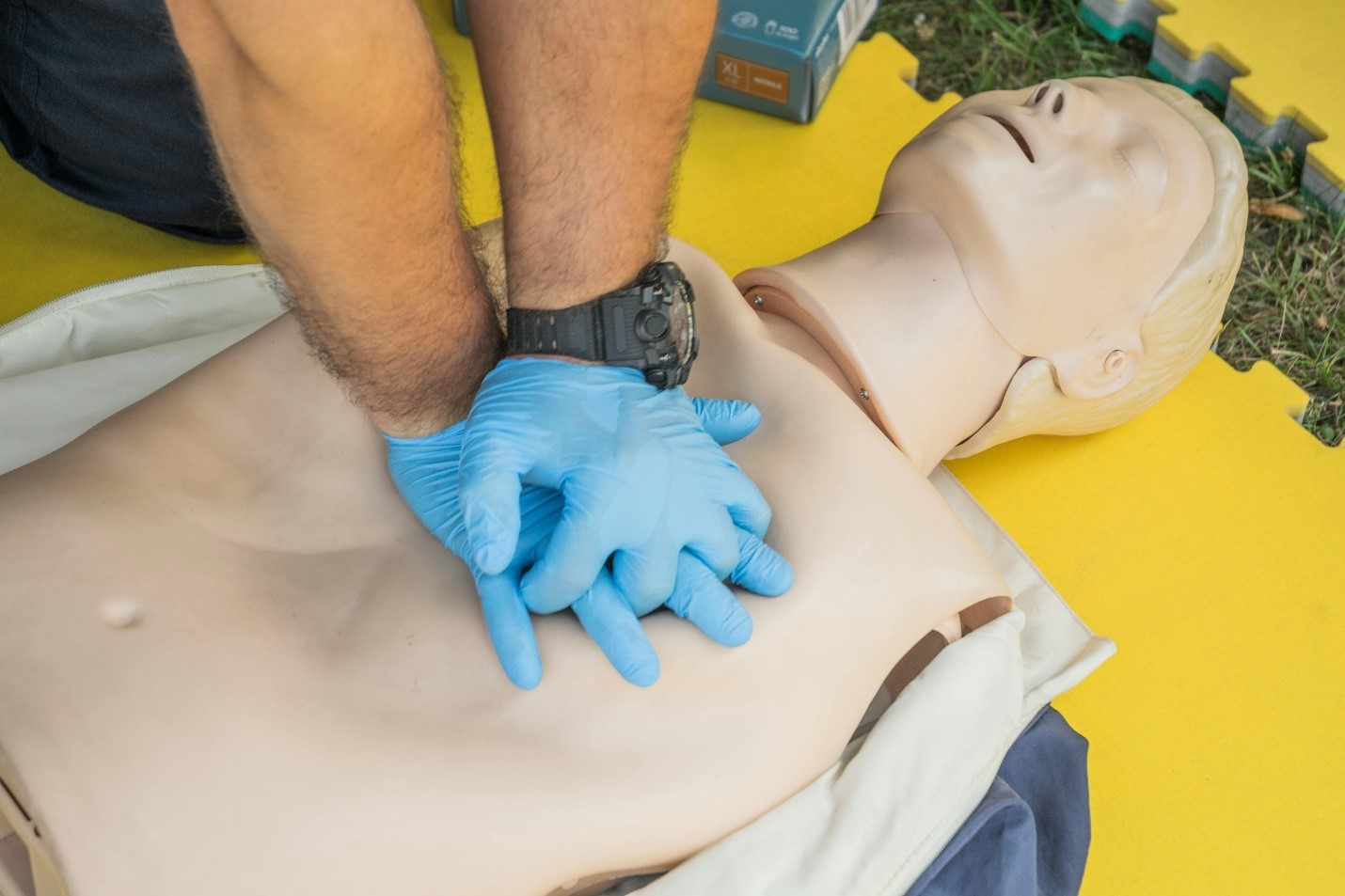Safety Training Blog
Empowering safety training through online education is our #1 priority at Peak Safety Training. We enhance your learning experience by blogging on real world applications, such as certification courses, skill expansion, job-specific training, online learning advantages, and industry insights and updates, as well as company news.
TSC vs. CSO: What’s the Difference in Responsibilities and Training
Discover the key differences between Trade Safety Coordinators (TSC) and Construction Safety Officers (CSO) in…
How Often Should You Refresh Your First Aid Certification
Learn how CSOs lead effective toolbox talks and safety meetings. Discover tips, planning strategies, and…
How a CSO Leads Toolbox Talks and Safety Meetings
Learn how CSOs lead effective toolbox talks and safety meetings. Discover tips, planning strategies, and…
Top Skills Every Construction Safety Officer Must Master
Master five key skills every Construction Safety Officer needs—inspections, safety rules, communication, training, and leadership—for…
How Trade Safety Coordinators Help Prevent Accidents
Discover how Trade Safety Coordinators protect workers and ensure regulatory compliance with proactive safety strategies,…
Workplace First Aid Programs: The Role of Intermediate Training
Advance your career with top Construction Safety Officer training in BC. Get expert-led instruction, certification,…
Understanding First Aid Requirements in British Columbia: What Every Workplace Needs to Know
Advance your career with top Construction Safety Officer training in BC. Get expert-led instruction, certification,…
Understanding Confined Space Entry: What Makes It Dangerous?
Learn the dangers of confined space entry, key risk factors, and safety requirements in Canada…
How to Become a Certified Respirator Fit Tester: A Step-by-Step Guide
Construction sites are ever-changing places with many possible risks. The risks are many, ranging from…
Top Construction Safety Officer Training Programs in BC
Advance your career with top Construction Safety Officer training in BC. Get expert-led instruction, certification,…












